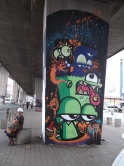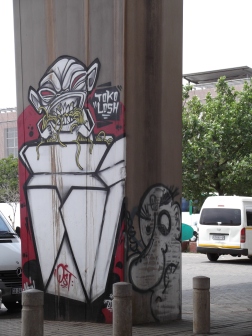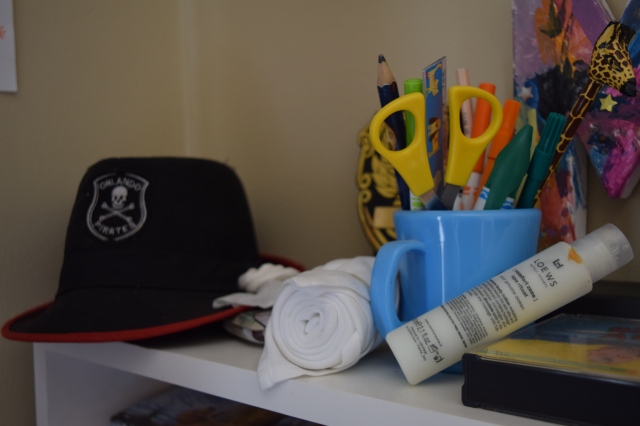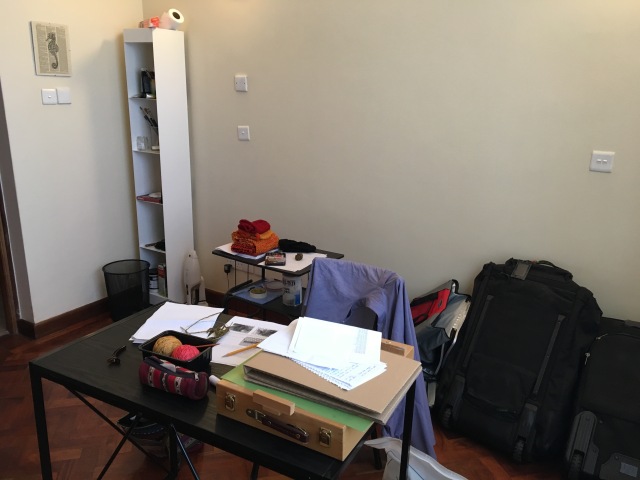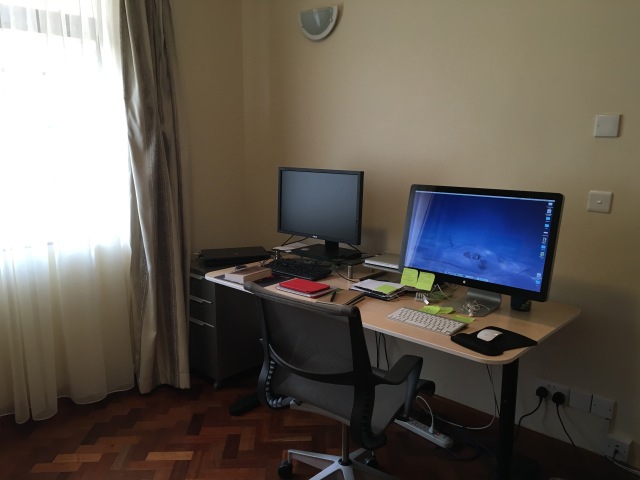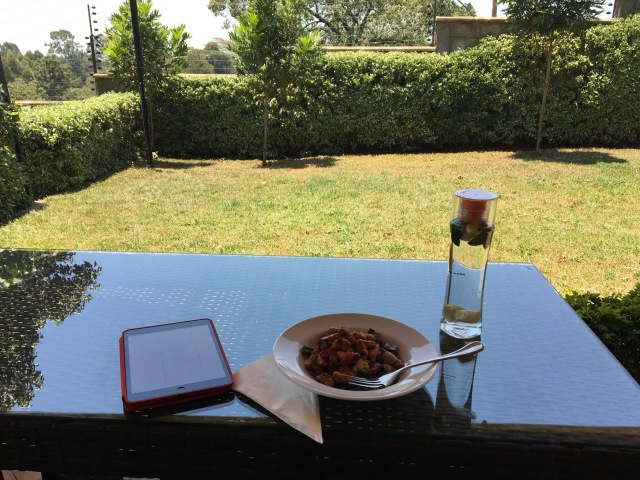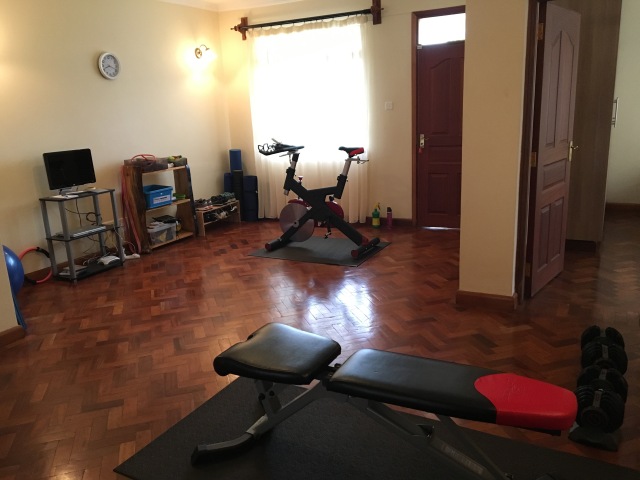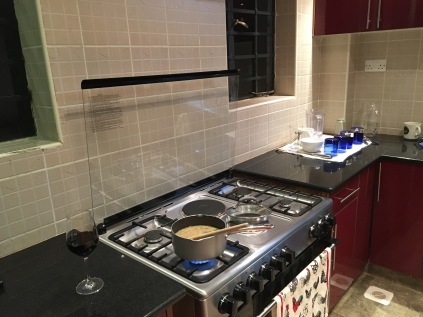Next time you are out and about somewhere gritty and urban and spot what looks like a messy mark spray-painted on a wall stop and look at it again. It might just look like petty vandalism but actually what you are looking at is called a tag and is an important and integral part of the very hip and happening art of graffiti. Get me!

I had no idea about this. Or that a wall covered in different squiggles and pictures was known as a guest book. Or that graffiti artists “speak” to each other using tags and signatures sprayed over the top of each others work. Or that there is quite a difference between graffiti and street art. I had no idea about it – but I do now, thanks to a wondefully informative walking tour of the Newtown area of Johannesburg that I went on with three friends last week. Okay I am never going to be the world expert on spray painting walls but I do at least know now what a tag is. And that it isn’t just a senseless squiggle on a wall.

Ostrich by Fin
Johannesburg, as anyone who follows my South African-themed posts knows, is very much an up-and-coming city. Having once been known more for its lawlessness and crime than its markets and coffee shops, our tour showed us that things are definitely swinging the right way. But what was interesting was that graffiti – regarded by some as part of the problem of lawlessness – is actually very much a part of that positive change. I guess just the fact that these very popular walking tours exist proves that this is the sort of thing that people want to learn about.

Dr Foods and Wu
Our guide for the day was Jo, a font of knowledge on all things graffiti. Jo is an academic who lectures on the art as well as guides tours. But she is also someone who seems completed invested in the area and the people of Newtown. Even as we walked around, she exhanged greetings with street sellers and taxi drivers, coffee shop owners and passing security people. In addition, Jo is personal friends with some of the artists and was able to add some proper “colour” to the ongoing discussions as she took us round the various painted walls of the area including not telling us who the well-known but anonymous “Tapz” is.

Rat by Tapz
As a bit of history and background that I picked up from the walk, graffiti in South Africa originated in Cape Town post-Apartheid when artists gained the freedom to express themselves and moved up to Johannesburg more recently. Most of the artists are male (although apparently the biggest artist in South Africa is a woman) and I understood the more well known ones are white but that younger black artists are now coming through the ranks. Although most of the art we saw was “home grown”, Johannesburg does now attract international talent and one of the pieces we saw was by famous American street artist Shephard Fairey. The locals living and working in the graffiti-heavy area we were shown around mostly seemed non-plussed by the art they were surrounded by; but apparently locals are taken on tours too to help them understand why all these foreigners keep coming to take pictures of their walls. We also learned that the graffiti was under threat from the new mayor who was making noises about “cleaning up the city” (something that has apparently already happened in Cape Town). I fear they would be shooting themselves in the foot if they do this as street art is something of a draw for tourists these days.
I won’t go on too much about the graffiti as actually I think it is something you really need to see for yourself to understand. Whilst some of it does look untidy and could be called common vandalism, it’s only when you see graffiti in it’s true urban home that you start to get an appreciation for what it is and why it is there. I can’t say I loved all of it but that’s not what matters – it isn’t about liking what you see (although I did like some of it), it’s more that you react to it. Certainly this is the sort of tour that helps you understand a city and see it from a completely unique angle and I would urge anyone visiting South Africa to try and go on it. Jo even runs special child-friendly versions so there is no excuse to not bring the kids – if you are worried about safety she said she had never had an incident in all her seven years of guiding (although did warn us to look out for the potholes!) and if you are worried about walking in the heat much of the art is contained in a small area and often under the shade of flyovers.

At the end of our tour, the four of us bade farewell to Jo and set off back to Pretoria in my car. Along the way we pointed out “Tapz” paintings – he has evidently started to move along the motorway towards the capital. Funnily enough, Pretoria is so far virtually graffiti-free – although maybe not that suprising given the character of this rather staid city (it is like naughty Joahnnesburg’s older and far more sensible sister). But watch out Pretoria – there are four young (at heart) expat mums who have recently got the graffiti bug and are limbering up with their spray cans at the ready. If anyone sees any blank walls please let me know!
We used PAST Experiences for our tour: highly recommended.


